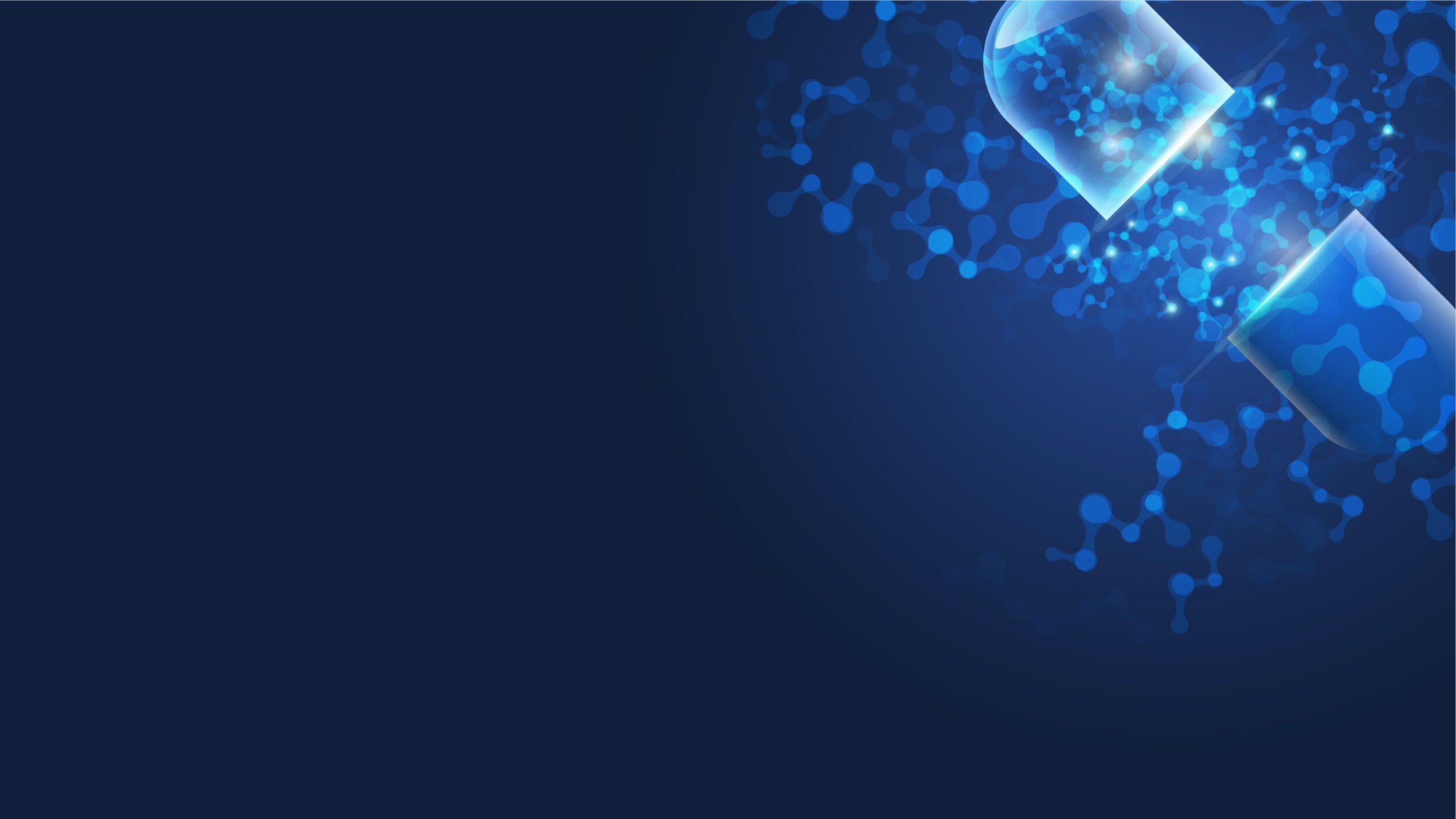Impurity Rejection Workflow
Our translation-first approach addresses the outcome-impact gap by ensuring industrially translatable outputs are built-in deliverables for pre-competitively funded Core Projects and are designed for direct implementation by end-users. One example of the success that can be achieved with this approach is the Impurity Rejection Workflow.
An output of a Core Project funded directly from the CMAC Tier 1 industry partners, the Impurity Rejection Workflow can rapidly identify the mechanism of impurity incorporation responsible for poor impurity rejection during a crystallisation. The workflow was developed by Dr Stephanie Urwin and Prof Joop ter Horst in close collaboration with an industry steering team.
The Impurity Rejection Workflow was successfully translated via webinar to over 105 industrial attendees and tailored training workshops to over 47 company staff across 2 months. The workflow has delivered significant value to Tier 1 companies by providing a systematic approach to speed up crystallisation development. It has been applied to several commercial projects, including a soon to be registered commercial compound.
